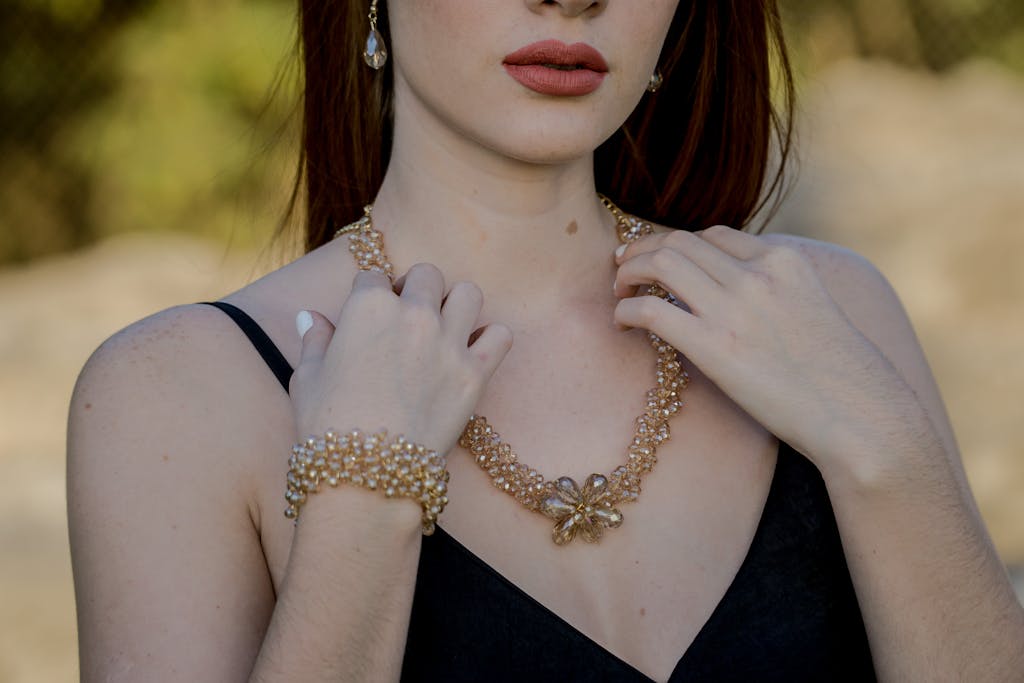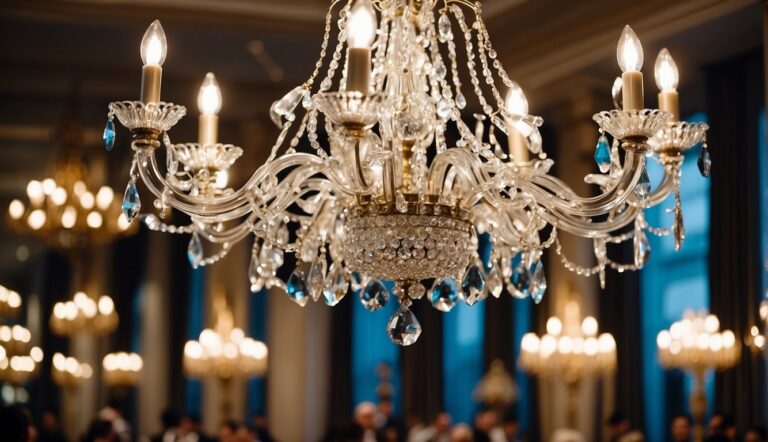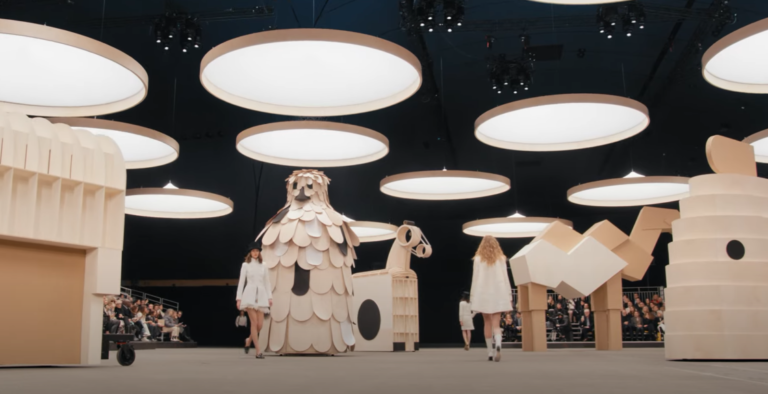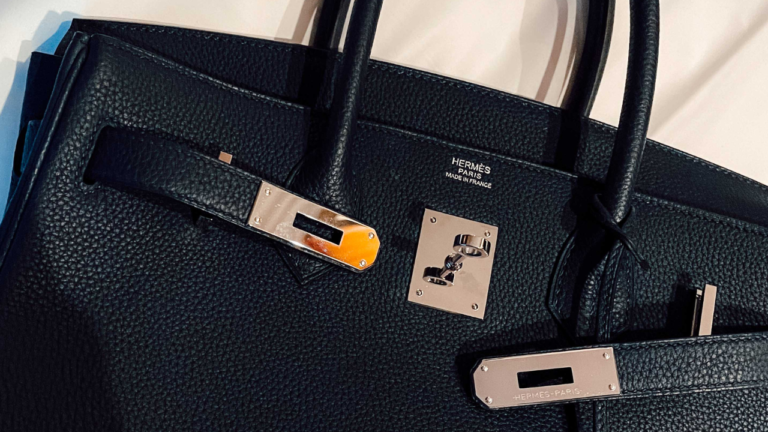Why is Costume Jewelry Expensive? Is it worth it?
Despite its name, costume jewelry can carry a surprising price tag. While it’s true that the materials used are generally less precious than those in fine jewelry, the expense of costume jewelry is due to a myriad of other factors.
High-end costume pieces may use quality metals like gold plating or silver, as well as glass, crystals, or synthetic stones that require careful sourcing and craftsmanship. The designs are often intricate and fashion-forward, keeping pace with the latest trends and tastes, contributing to their value.
The craftsmanship behind costume jewelry is both an art form and time-intensive process, often standing behind the reason why it is expensive. Skilled designers are essential, conceptualizing and bringing to life designs that resonate with current fashion. Moreover, the attention and labor required to assemble these pieces mirror those of fine jewelry. It’s not just a matter of stringing beads; it involves casting, stone setting, soldering, and polishing, all of which contribute significantly to the finished product’s cost.
Key Takeaways
- Costume jewelry can be costly due to quality materials and intricate designs.
- Skilled designers play a key role in crafting trendy and desirable pieces.
- The time-consuming process of making costume jewelry adds to its expense.
So Is Costume Jewelry Worth it?
It is worth it if your desire is for decorative jewelry that enhances your wardrobe. It gives you the option to have more different kinds of jewelry, be it bold, chic or classy pieces that let you accessorize effectively.
On the other hand, it is not worth it if you’re looking for investment pieces. Costume Jewelry is oftten known to not last for longer than 30 years, they require more upkeep to keep them looking fresh and new. They easily rust if they touch water, and do not usually hold their value unless they are a limited edition branded piece.
Why Costume Jewelry Is Still Expensive
Despite not using precious metals, costume jewelry can command high prices due to its intricate designs, historical significance, and comparison with fine jewelry. Each piece reflects the fashion trends of its era and caters to the idea of accessible luxury.
Costume jewelry emerged in the 20th century, offering an affordable alternative to high-end fine jewelry. It has since evolved into an essential fashion accessory, making bold statements across various ages and styles. Because they are affordable, designers use them as inspiration to make jewelry pieces you would not be able to with real diamonds because of the cost.
Originally, these pieces were worn to complete a costume, deriving the term “costume jewelry.” While costume jewelry does not typically contain precious metals like gold or silver, it can still be expensive due to craftsmanship, design complexity, and the use of high-quality, though not necessarily precious, materials.
Costume Jewelry Requires Designers
When you pursue pieces of costume jewelry, you’re not just paying for the materials, but also for the artistic vision and creative expertise behind them. Designers play a pivotal role in the making of costume jewelry, often commanding significant fees for their ability to envision and craft unique, visually appealing pieces.
Why Designers Matter:
- Innovation: Designers push boundaries to offer fresh, appealing designs that stand out.
- Artistry: Each piece reflects an artistic journey from concept to creation.
- Exclusivity: Design work adds a level of uniqueness, making pieces more desirable.
Their work requires time, talent, and training, all of which are factored into the cost of the final product. Moreover, their continuous effort to stay ahead of trends means that when you choose costume jewelry, you’re often embracing the latest in fashion – a value added by the designers’ insights and expertise.
Breakdown of Designer Contribution:
| Aspect | Contribution of Designers |
|---|---|
| Vision | Translating trends into wearable designs |
| Expertise | In-depth knowledge of materials and techniques |
| Craftsmanship | Attention to detail in the execution of designs |
In essence, while materials in costume jewelry might not be as expensive as those in fine jewelry, the price is justifiably elevated due to the creative impetus provided by designers. Your investment supports the continuity of creativity and ensures that the jewelry market remains vibrant and diversified.
Jewelry Making Process is Hard and Time Consuming

Creating jewelry, regardless of its final classification as either fine or costume, demands an intricate and laborious process. As you delve in, it’s essential to acknowledge that craftsmanship is a pivotal factor determining price, and even with costume jewelry, the dedication to detail can be extensive.
Firstly, the selection and handling of materials, whether you’re working with precious metals like sterling silver or base metals such as brass or aluminum, require skill. Gemstones and other materials like high-end crystals, rhinestones, synthetic or simulated stones, all necessitate careful cutting and setting, even if they aren’t natural gemstones.
| Material Type | Properties | Usage in Costume Jewelry |
|---|---|---|
| Precious Metals | High-value, durable, malleable | Often used in fine jewelry, sometimes in high-end costume jewelry |
| Base Metals | More common, less expensive | Widely used in costume jewelry, examples include copper and brass |
| Gemstones & Crystals | Range from natural to synthetic, varying levels of rarity | Used for decorative elements, can be premium like rhinestones or glass |
Secondly, the jewelry’s structure must be meticulously crafted. This involves intricate work like soldering and shaping, ensuring the final product is both aesthetically pleasing and functional. Even when plastic, wood, or glass are used, the time invested in crafting these pieces contributes to their cost.
Finally, remember that high-quality materials don’t strictly mean precious stones or precious metals as costume jewelry often employs durable yet less costly alternatives. High-end costume jewelry, for example, might use semi-precious stones or sterling silver, bridging the gap between affordability and quality.
Sourcing and Putting together the piece requires lots of initial investment
When you’re exploring the world of costume jewelry, whether it’s chic bracelets, bold rings, or statement necklaces, it’s natural to question the pricing. The initial investment in sourcing materials and crafting these pieces is more substantial than one might assume. It’s not merely about assembling beads and chains; it involves a meticulous process that greatly affects the final cost.
The journey begins with the design phase, where artisans conceptualize unique styles and colors. This phase can be time-consuming, as it sets the tone for everything from vintage to modern aesthetics and ensures that each piece can make a trend-worthy statement or serve as a timeless, personal adornment.
| Material | Description |
|---|---|
| Beads | Diverse shapes, sizes, and colors for variety |
| Pearl | Often synthetic for cost-efficiency, but requires quality |
| Metal | Base metals tailored to mimic precious ones |
The sourcing of materials demands a high level of scrutiny to ensure the vintage feel or modern appeal is achieved without compromising the brand‘s reputation for quality. The pearls, beads, and base metals for the chains must reflect the classy, sophisticated look associated with fine jewelry.
Actual assembly significantly contributes to the expense. Crafting a statement piece isn’t a mere stringing together of elements; artisans must carefully accessorize and intertwine each component. The creation of necklaces, earrings, bracelets, and rings requires skill and time, which translates into labor costs.






